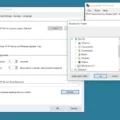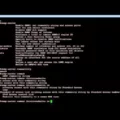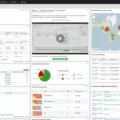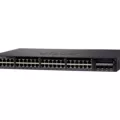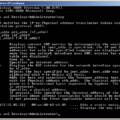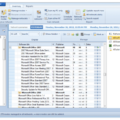Monitoring your network switch is essential for keeping your business running smoothly. With the right switch monitoring tools, you can keep track of the performance of your network and detect any issues before they become a problem.
Switch monitoring involves tracking the performance of individual ports, CPU load, memory utilization, etc. This data can be invaluable to IT teams as it allows them to identify and diagnose issues quickly. In addition, switch monitoring can help prevent downtime by alerting users to potential problems before they become serious.
For businesses that rely heavily on their networks, switch monitoring is an indispensable tool for ensuring the optimal performance of their systems. Fortunately, there are a variety of solutions available to meet your specific needs.
Cisco switch monitoring provides data on network switches by the port in use, CPU load, memory used, etc. It also allows you to drill down into specific port data to obtain active and historical port utilization information. Additionally, Cisco switch monitoring with PRTG lets you monitor CPU temperature, uptime, traffic, and ports from one central dashboard – regardless of the manufacturer – making it easier to track all your devices from one place.
In addition to Cisco switch monitoring solutions, there are four main categories of network monitoring that should form part of any complete switch monitoring strategy: availability monitoring; configuration monitoring; performance monitoring; and cloud infrastructure monitoring.
Availability monitoring is the simplest way for IT teams to know if a device is up and operational. Configuration changes must also be monitored closely so that any unintended consequences can be avoided quickly. Performance metrics like latency or throughput should be tracked so that administrators know how well each port is performing at all times. Finally, cloud infrastructure resources need to be monitored closely in order to ensure peak performance levels are being reached consistently.
Switch monitoring is an essential element of any comprehensive IT strategy and choosing the right solution will help ensure that your business runs smoothly without interruption or unplanned downtime caused by faulty equipment or misconfigurations. With Cisco switch monitoring solutions like PRTG – along with other types of network management software – businesses can easily keep their networks running optimally while still having access to detailed insights into their device performance at all times.
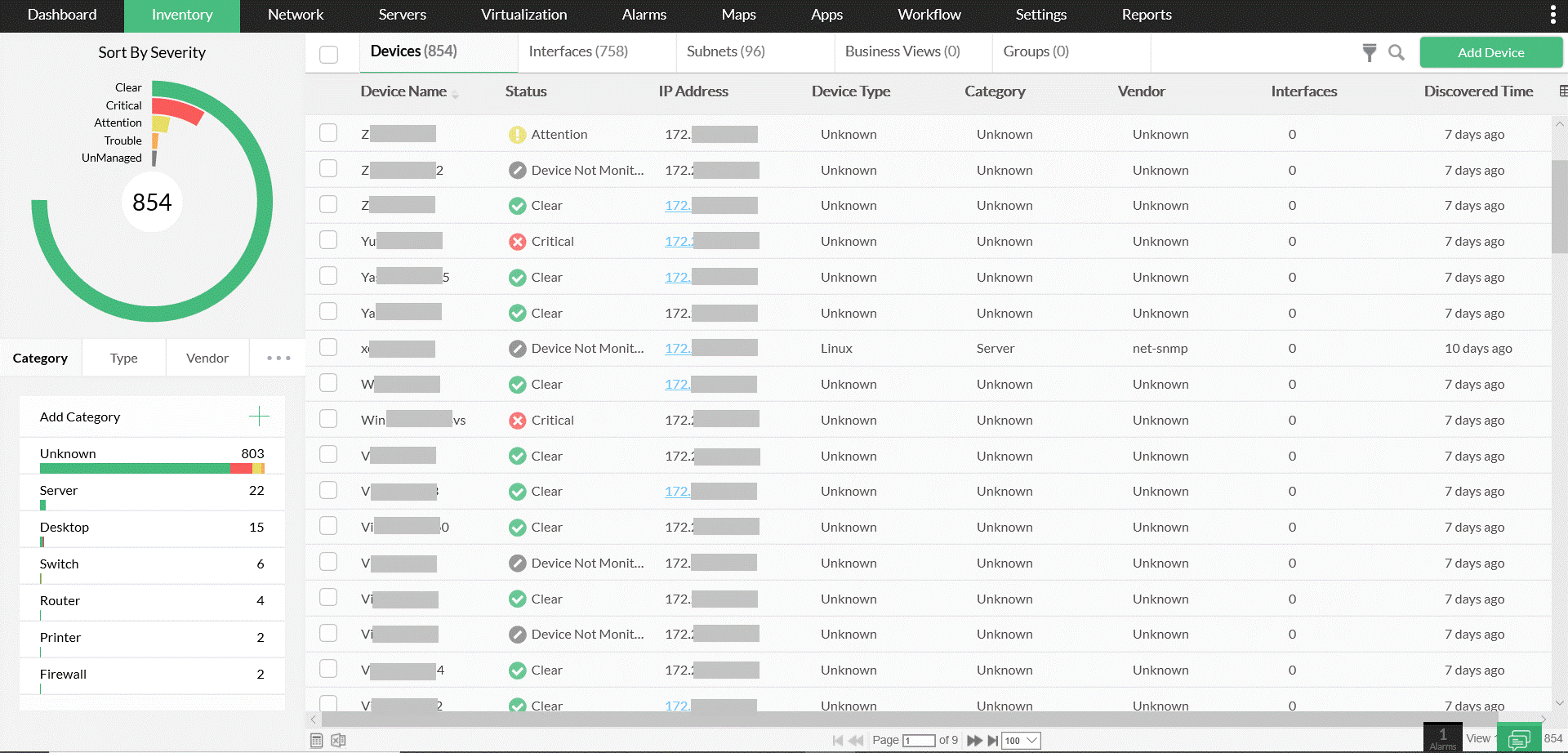
Monitoring Traffic on a Switch
Monitoring traffic on a switch is a great way to keep tabs on the network and ensure that it is running efficiently. In order to monitor traffic on a switch, you will need to connect to it using telnet, ssh, or another method of your choosing. Once connected, you will need to enter enable mode and then enter the configuration terminal. From there, you can configure which ports you would like to monitor and save your configuration. Once this is done, you can test it out by sending packets through the monitored port(s) and observing their activity with a compatible protocol analyzer.
Monitoring Switch Ports
Switch port monitoring is a powerful tool for network administrators and engineers to monitor network performance. It provides real-time visibility into port utilization data, including both active and historical information. This data can be used to identify traffic spikes or unusual activity on specific ports, which can then be further investigated to determine the cause. Additionally, switch port monitoring can provide insight into the CPU load and memory usage of individual switches, helping administrators understand how efficiently their networks are running. By leveraging this data, network administrators can ensure that their networks are running optimally and diagnose any potential issues before they become larger problems.
Monitoring Capabilities of a Cisco Switch
With PRTG, you can monitor a wide range of performance metrics on a Cisco switch. This includes CPU utilization, temperature, uptime, traffic, and ports. You’ll also get detailed insights into each port’s behavior and performance. With PRTG, you can also monitor the health of your network devices regardless of the manufacturer from one central dashboard.
What Information Does a Switch Store?
A switch keeps track of a variety of information in order to effectively and efficiently route traffic on a network. The primary piece of information that the switch needs to keep track of is the MAC (Media Access Control) address for each device connected to it. By keeping track of the MAC addresses, the switch can determine which port a given device is connected to, allowing it to route traffic to the correct destination. Additionally, switches may also keep track of layer 3 IP address-to-port mappings, VLANs (Virtual Local Area Networks), and other information in order to facilitate efficient routing.
Monitoring All Network Traffic
Monitoring all network traffic is an important task for network administrators and security professionals. The SolarWinds® Bandwidth Analyzer Pack (BAP) is a great tool to monitor all of your network traffic in one centralized dashboard. It can collect data from devices on your network in order to analyze and report on the amount of data being used, what type of traffic is flowing through your network, and any unusual behavior that may be occurring. BAP can also alert you to any suspicious activity so you can take corrective action. Additionally, it provides detailed graphs and charts that make it easy to identify trends in network usage and pinpoint potential problems.
Monitoring TCP Ports
TCP port monitoring is a process of monitoring the availability of a specific port on a network device. It allows network administrators to check whether a particular port is listening and accepting connections on the specified TCP port. This is especially important for ensuring that critical applications, such as web servers, databases, and email services, can be accessed remotely.
When using TCP port monitoring, administrators can choose to either monitor from an external source or from inside the network. If an external source is used, it means that the administrator will try to establish a connection with the target device from outside of its local area network (LAN). On the other hand, if an internal source is used, then it means that the administrator will try to connect from within the same LAN as the target device.
TCP port monitoring also allows administrators to set up alerts when certain conditions are met. For example, they can be alerted if there’s no response from a server when attempting to establish a connection or if there’s an unexpected drop in connections on a particular port. This helps administrators identify potential problems quickly and take action before they become serious issues.
The Use of a Port Switch
A port switch is used to facilitate communication between different devices connected to a computer network. It works by connecting multiple physical connectors from different computers and other network devices to the ports on the switch. The switch then uses packet-switching technology to receive and forward data between the connected devices. This allows them to communicate with one another via data transfer within the switch, enabling a more efficient connection and better performance across the network.
Benefits of Using the Cisco Monitoring Tool
Cisco monitoring tools are an essential part of ensuring that your network runs smoothly and securely. These tools provide comprehensive visibility into the performance and security of your Cisco-based networks, allowing you to monitor, detect, and respond to potential issues quickly and efficiently. With features like real-time monitoring, automated device discovery, integrated reporting and analytics, alerting, and more, Cisco monitoring tools help you stay on top of any changes or anomalies that occur in your network. By providing detailed insights into your infrastructure’s health and performance, you can identify issues early on and take immediate action before they become major problems. With Cisco monitoring tools, you can rest assured that your network is running as it should be – giving you peace of mind.
Conclusion
In conclusion, switch monitoring is an essential part of network management as it provides a detailed overview of the performance, availability, and configuration of network switches. With switch monitoring, network teams can monitor CPU load, memory usage, port utilization, temperature, and uptime to ensure the efficient operation of their networks. Additionally, through switch monitoring tools such as PRTG Network Monitor, organizations can monitor all their devices from a single dashboard regardless of the manufacturer. Switch monitoring is a powerful tool that enables organizations to optimize their networks and ensure they are running at peak performance.



